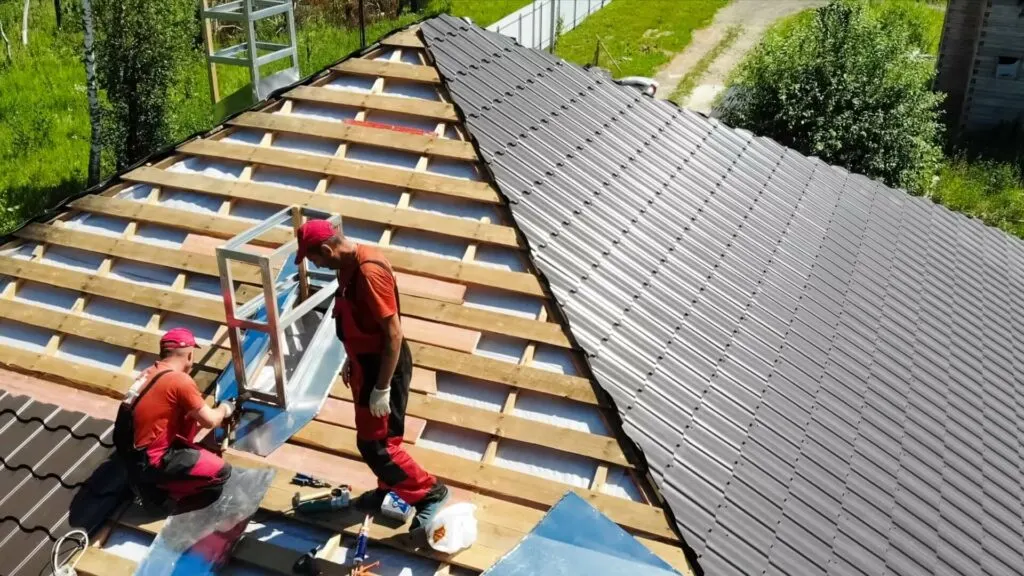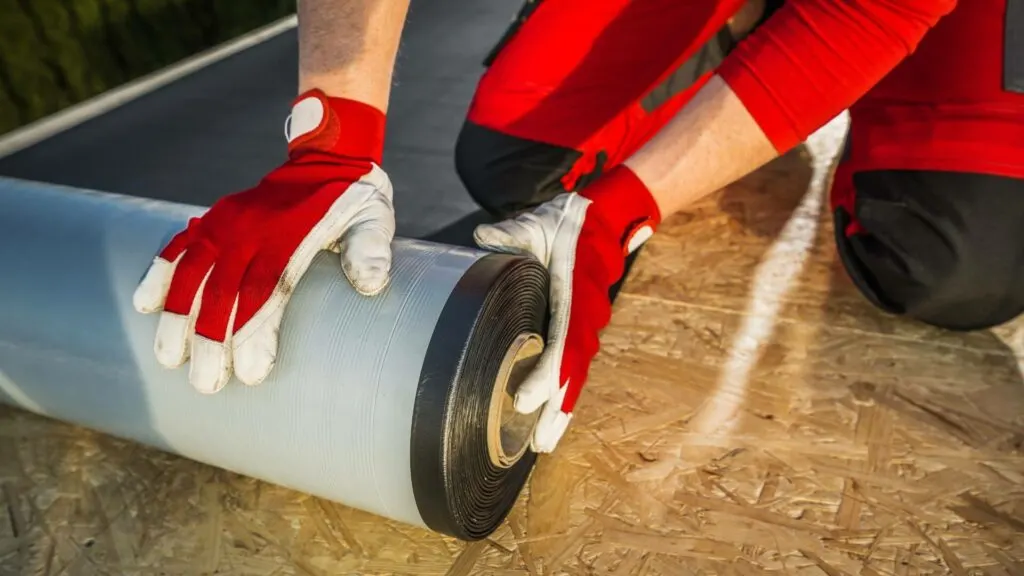Choosing the right roofing material is more than just about aesthetics; it’s about finding a blend of durability, cost, and environmental impact that suits your home and lifestyle. This guide aims to demystify the various roofing options available to homeowners today.
From traditional asphalt shingles to eco-friendly green roofs, we will explore the benefits and drawbacks of each material, helping you make an informed decision for your home. Whether you’re constructing a new house or replacing an old roof, understanding the properties and potential of each roofing material is crucial in ensuring your home is both protected and appealing.

Asphalt Shingles
Asphalt shingles are by far the most common roofing material used in homes across the United States due to their cost-effectiveness and ease of installation. They come in a variety of colors and styles, allowing for customization according to the homeowner’s preferences. Not only do most asphalt shingles last up to 20 years, but they are also fire-resistant and relatively low-maintenance. However, one of the main drawbacks of asphalt shingles is their environmental impact. They are not recyclable and contribute to the growing problem of landfill waste.
Additionally, extreme weather conditions such as strong winds and hail can cause damage to asphalt shingles, requiring frequent repairs or replacements. It’s essential to consider the climate and weather patterns in your area before opting for asphalt shingles as your roofing material.
Metal Roofing
Metal roofing is gaining popularity among homeowners looking for longevity and energy efficiency. These roofs can last up to 50 years or more with minimal maintenance. Metal roofs reflect sunlight, thereby reducing cooling costs in the summer months. They are also lightweight and can be installed over existing roofs, which can save on demolition and disposal costs.
The initial cost of metal roofing is higher than asphalt shingles. This investment pays off in the long run with reduced maintenance and energy costs. Additionally, metal roofs are environmentally friendly, as they are often made from recycled materials and are 100% recyclable at the end of their life.
Clay and Concrete Tiles
Clay and concrete tiles add a distinctive aesthetic to any home, often seen in Mediterranean, Spanish, and Southwestern architecture. These materials are incredibly durable, with lifespans exceeding 50 years. Clay and concrete tiles are fire-resistant and offer excellent insulation properties, keeping homes cooler in the summer and warmer in the winter.
The main drawback of clay and concrete tiles is their weight. These materials are significantly heavier than most other roofing options, requiring reinforcement of the roof structure before installation. The cost is also a factor, with clay and concrete tiles being more expensive than traditional asphalt shingles. However, their longevity and aesthetic appeal can make them a worthwhile investment for the right home.
Green Roofs
Green roofs are part of an eco-friendly approach to home construction, promoting biodiversity and sustainability. Covered with vegetation, they not only reduce heat absorption, leading to lower cooling costs but also manage stormwater runoff, reducing the risk of flooding. This type of roofing also improves air quality and provides a habitat for wildlife in urban areas.
Installing a green roof requires significant upfront investment and careful planning. The structure of the home must support the added weight of soil, plants, and retained water. Maintenance is more demanding than traditional roofs, requiring regular watering, weeding, and inspections. However, for homeowners committed to environmental sustainability, the benefits of green roofs can far outweigh the challenges.
Slate Tiles
Slate roofing is often considered the pinnacle of luxury and durability in roofing materials. Made from natural slate rock, it provides a distinctive and elegant appearance that can last over 100 years with proper maintenance. Slate is fireproof, waterproof, and resistant to mold and fungus, making it an exceptionally durable choice for roofing.
Despite its many benefits, slate roofing is one of the most expensive options available and requires professional installation by contractors experienced with this material. Additionally, slate tiles are heavy, necessitating a strong structural support for the roof. For those who can afford the initial investment, however, slate offers unmatched longevity and aesthetic appeal, potentially increasing the home’s value.

In conclusion, choosing the right roofing material requires thoughtful consideration of various factors including longevity, cost, environmental impact, and aesthetic preference. Whether you opt for the affordability and simplicity of asphalt shingles, the durability and energy efficiency of metal roofing, the unique appeal of clay and concrete tiles, the eco-friendly benefits of green roofs, or the luxury and longevity of slate tiles, your decision will significantly influence the overall performance and appearance of your home.
It’s important to weigh the pros and cons of each material against your specific needs and circumstances. Consulting with roofing professionals can also provide valuable insights into what material best suits your home’s architecture and your local climate. With the right choice, your roof can enhance your home’s efficiency, protect against the elements, and add to its curb appeal for decades to come.

Jessi is the creative mind behind The Coffee Mom, a popular blog that combines parenting advice, travel tips, and a love for all things Disney. As a trusted Disney influencer and passionate storyteller, Jessi’s authentic insights and relatable content resonate with readers worldwide.
